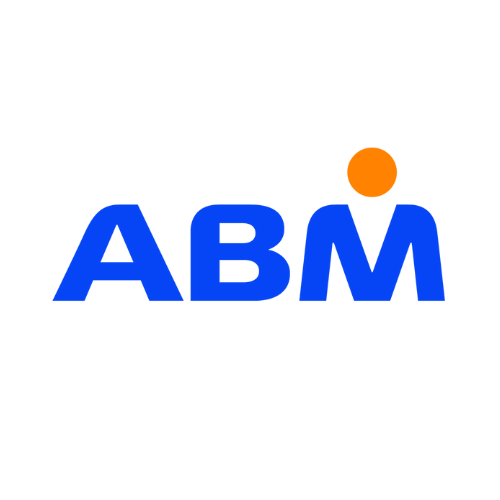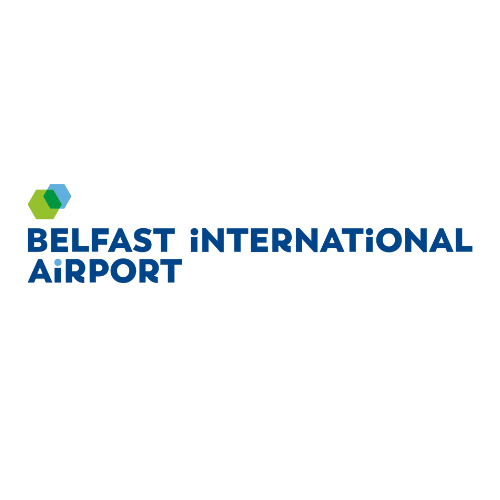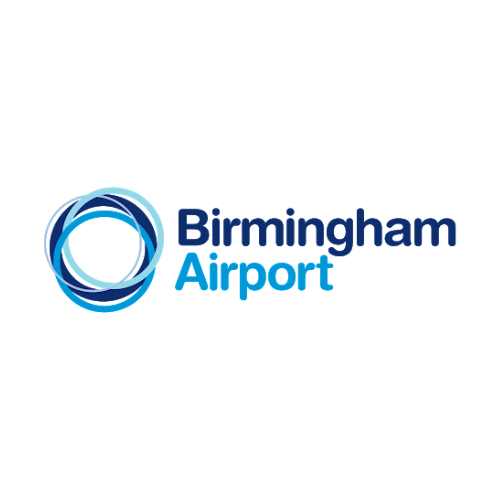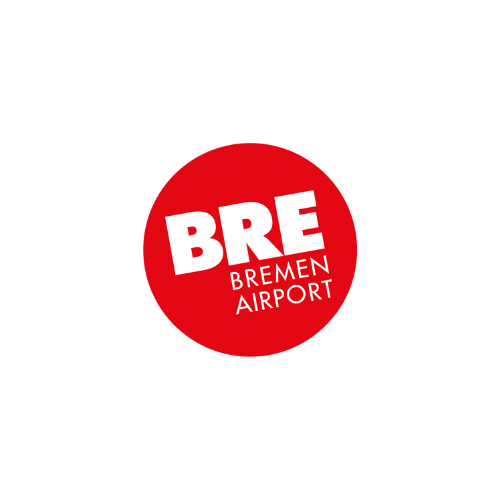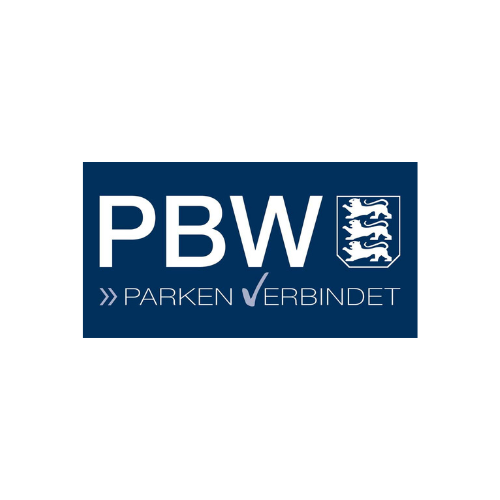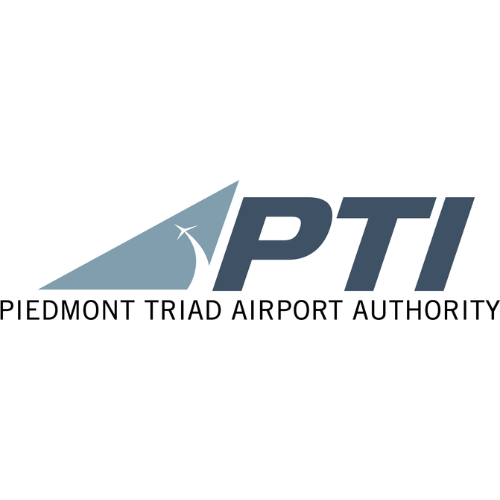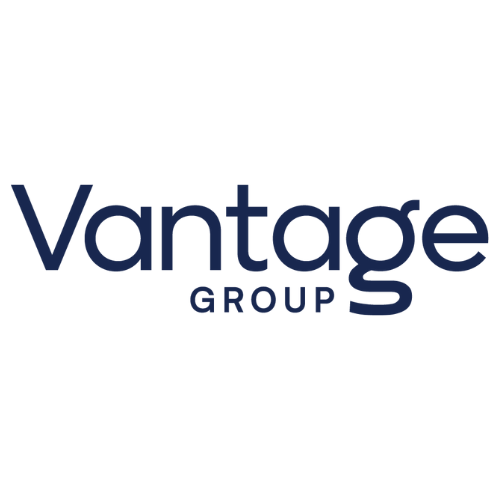When it comes to search, the Travel industry is one of the most competitive. The way in which people book almost everything has changed and the cold hard fact is at least 80% of travellers begin their holiday planning online. And thanks to the Internet, those customers know that they are getting the best deal for everything from flights and accommodation to sunglasses and suitcases.
Travel brands are not unaware of this trend. Face it; they’d have to have spent the last decade under a rock not to have noticed things changing. But the extent of the competition is deepening rather than easing as technology advances. The Travel industry is now the third most competitive industry in Google and the third most expensive for paid search (more than $3 billion US worldwide in 2018).
In 2017/18 Travel was one of the biggest spenders in Pay Per Click (PPC) advertising alongside retail, education and publishing. Its overall spend on digital advertising in 2018 was $8.59 billion, a huge hike from the $7.38 billion spent in 2017.
PPC, unlike sponsored or boosted social media posts, is specific to the search giant Google. Previously known as Google AdWords, it recently updated to Google Ads. It is a form of advertising that temporarily pushes websites to the top of Google’s rankings for a fee, reaching consumers through highly targeted searches. It should be an important part of the marketing mix for airports wanting to expand their ecommerce offering.
However, despite its popularity, credibility, potential for targeting, and the money being showered in its direction, PPC still has surprisingly little real success. In 2017/18, PPC ads in Travel had a conversion rate of only 3.55%, below the average of 3.75% across industries.
This contrast between spend on PPC and the resultant ROI demonstrates the importance of quality content, keywords and compelling landing pages (the web page that adverts link to when a user clicks through).
The question is; how can you get PPC to work for your airport?
6 tips for boosting airport e-commerce with PPC
1. Set a budget
The spend on Google Ads is big for the whole travel industry, so be prepared to set aside a good chunk of your marketing budget. However, you must always set a limit. Google Ads can recommend an amount to spend on your campaign, but the decision should always be based on what you are willing to spend.
Once you’ve hit your budget limit you can decide what’s working and what isn’t, and then make adjustments to increase your ROI for the next round of adverts. There are two ways to set a budget in Google Ads: a limit per click or a maximum daily budget.
2. Craft your copy
Great copywriting will help you to stand out against your competitors. Remember that mobile displays have limited space, so it pays to hone your key messages into as few words as possible.
Google Ads offers built-in tools for fine-tuning copy. Discounts, offers, and industry-best prices should be included, as should any unique selling points that set you apart from the competition. It should go without saying that the text in the ads is related to the search query, so don’t target a general ad at very specific keywords!
3. Make use of extensions
The extensions available in Google Ads can make life easier for your customers. It can also ensure that your ad takes up more space on the screen, pushing competitors listings to the bottom of mobile displays.
The sitelinks, review, and callout extensions will help your brand to stand out. They also make it easier for customers to get in touch with you via their mobile device. Sitelinks displays multiple links to your website within the ad, review shows third-party ratings, and callout gives a phone number next to your URL.
4. Long tail keywords are key
The high level of competition, not just in the travel industry but in search marketing in general, makes it essential to use long tail rather than short tail keywords.
Short tail keywords are one or two words long – ‘family holidays’ or ‘cheap hotels’ – and there will naturally be thousands of sites competing to rank from these high traffic, high competition search terms. For keywords like this, the cost will be high, and the ROI low. Not much incentive then…
By using long tail keywords that are three to five words long – ‘cheap flights from Exeter’ – it’s possible to reach smaller but much more targeted audiences who yield a higher ROI.
5. Create relevant landing pages
It might be surprising to know, but there’s actually no point creating a highly targeted advert that takes customers to the home page of your ecommerce portal.
When a potential customer clicks through from your advert, the page they land on should be as targeted and engaging as the advert itself. This can take the form of a designated product page or a specially designed landing page that helps the visitor to get where they want to go as quickly as possible, which naturally increases the chance of converting them into a customer.
As a Rezomm Travel Partner you have access to bespoke landing pages which are completely conversion rate optimised and created by our own in-house marketing experts. Becoming a Travel Partner is completely free of charge and will boost your non-aero revenue. Get in touch to find out more!
6. Don’t forget mobile
It’s not possible to think digital these days without turning your focus to mobile. It’s essential to make life easy for mobile users, both in terms of the adverts and the landing pages. This is essential to the success of any PPC campaign.
In 2015 a study by Google revealed that flight-related mobile queries went up by 33%, while mobile hotel queries went up by 49%. In the fourth quarter of 2017, 26% of travel searches in the US took place on a mobile device. In other parts of the world, it was even higher: 47% in Europe; 40% in Asia; 38% in the Middle East and Africa, and 34% in Latin America. These figures are a clear indication of how important a consideration mobile should be to airports driving revenues through ecommerce.
In terms of PPC, this means using the extensions mentioned above, but it’s also important to make sure your ecommerce portal offers a mobile experience that’s as engaging as your desktop view.
Rezcomm has developed its omnichannel ecommerce technology with search and mobile at the forefront so that airports can be sure that customers will have the same great experience across all platforms, on mobile as well as desktop. This guarantees PPC campaigns are as effective as possible, making sure there are no obstacles to customers finding and purchasing the product or service they want.
How to A/B test your landing pages to increase conversion
As we’ve already seen, one of the most important aspects of any PPC campaign is where it leads the potential customer. The landing page has huge potential to convert, and the best way to optimise this potential is to test. But there are some opportunities that can be addressed immediately in order to get the most from your click-throughs.
Let’s look at some techniques that will help you ensure a high rate of conversion from your landing page visitors…
Choose a brilliant headline
The average human has a shorter attention span than a goldfish. Research has shown that the rise in technology such as smartphones and messaging apps that in many ways facilitate multitasking has also contributed to a drop in attention span to just 8 seconds. The prevalence of apps and the convenience of mobile browsing also means that potential customers are able to consider multiple offerings simultaneously: They might be checking out your airport’s prices but they most likely have your competitor’s website open in the next tab.
This makes it vitally important to create strong, meaningful page headlines. The purpose of a headline is to convey your product or service and engage the reader enough to make them spend more time on the page. If your headline doesn’t capture the essence of your offering in a way that’s immediately obvious, most visitors are going to bounce.
According to research, businesses that completed a simple headline change garnered a 127% increase in conversions.
Sounds interesting? Try these best-practice tips:
- Give your landing page a headline. Many landing pages don’t even have a header, so if yours is lacking this basic pointer for customers, try including one.
- Your headline should give a solid indication of your offering, describing what your content or product is about rather than trying to create interest without context. Something like, “Best ecommerce practice for airports,” rather than, “How we revolutionised the holiday shopping experience,” or “Welcome to our airport’s site.”
- The headline should be the first thing the page visitor sees. Make sure the font is large enough and stands out against the page background across all devices.
Don’t underestimate the potential of the Call To Action (CTA) button
Web visitors have low attention spans. We already told you that, but it was more than 8 seconds ago so it’s worth repeating. They also don’t like to have to work hard to find what they want. When you’re designing and optimising your landing page, make the content engaging and focus on customer convenience. It should be easy for the customer to buy what they came for within as few steps as possible. The job of the CTA button is to be the loudest thing on the landing page, triggering the visitor to take action.
Some tips for strong converting CTAs:
- Keep it simple. If there’s one primary action that will lead your customer to conversion keep the focus on this when placing CTAs on your page. Multiple buttons with different purposes are the digital equivalent of several people talking to the visitor at once. If you want the customer to buy a product, the ‘Buy Now’ button should be prominent. Don’t mix it up with ‘Subscribe to our Newsletter.’ By minimising the calls to action you make the desired action more attractive.
- Try to incorporate excitement into your CTA. Boring buttons like, ‘Submit’ or ‘Click Here,’ don’t offer any sense of brand or product. Apply copywriting skills to your CTA text. Calls like, ‘Book your great escape now,’ or ‘join thousands of other happy customers’ or even ‘make memories today,’ give a much stronger purpose.
- Your CTA must be big, prominently positioned and visible. The customer should NEVER have to look for it. This is one reason why repeated A/B tests have found that red CTA buttons on a white background work much better than other colours with a red link boosting clickthroughs by over 53%!
Social Proof: Play to your strengths
Once you’ve looked at your landing page headlines and CTA button, the next thing is to introduce social proof. The importance of word of mouth (WOM) has been proven time and time again to encourage sales, because people trust the genuine experiences of others, and social proof is one aspect of WOM that it’s very easy to share. Its purpose is to give assurance to the visitor, remove hesitation or reasons not to buy, and increase trust.
Once a page visitor is sure that the product or service is relevant to his or her needs, that visitor often wants to see who else has been using the service. Social proof also helps give potential customers an idea of the size and identity of your brand: Has your customer service team responded to comments? Do people mention exceptional service? Do they feel they were offered a personalised experience? Social proof that other people have enjoyed successful transactions helps convince the visitor to convert.
Try including your social proof in a prominent location on your landing page (preferably above the page fold). This could include:
- Testimonials or reviews
- Number of customers
- Client or affiliate logos
- Case Studies
- Press coverage
In one case study, sales increased by 34% because a testimonial was included on the landing page.
A word of advice
Headlines, call to action button and social proof are three important elements of a landing page that it can be easy to overlook. All three offer opportunities for A/B testing to increase your airport’s conversion rate. There may be many examples of poor landing pages that have perfectly decent conversion rates, but with the competition present in Travel, why take the risk? Start testing the ideas in this post, and make sure you keep up with current trends and customer expectation.
Rezcomm is the partner of choice for airports worldwide. Our team are experts in accelerating airport revenue through smart, intuitive tech. If you have any questions about how you can use our ecommerce and CRM technology to develop actionable insights from A/B testing, increasing conversions and customer loyalty, contact us for a chat.
